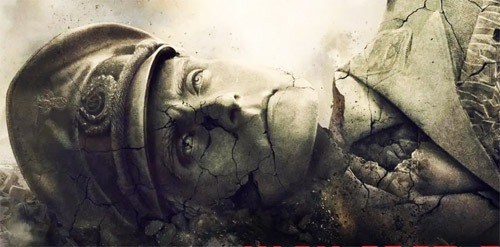by Thomas O’Dwyer

It could have been that simple — the Nazis nuke Washington D.C. and it’s all over. Capitulation follows, resistance is futile. There are plenty of right-wingers in high places — political, military, even cultural, who see this not as a conquest but an opportunity. French Marshal Philippe Pétain and Norway’s Vidkun Quisling had been such people. So too is Obergruppenführer John Smith, their fictional American counterpart in Philip K. Dick’s classic novel The Man in the High Castle. The conquering Nazis offer formerly patriotic American officers light temptations and they casually fall, and then rise. The war is lost, collaboration is inevitable. It’s better to be at the front of the queue, showing some willingness to proclaim (by some small actions) that you accept the times as they are a-changing.
Dick’s novel differs in many aspects from the recently completed Amazon TV series based on it. But in both, the Nazis secure the east side of the country, setting up their capital in New York. The West Coast is messier, but wasn’t it always? On that side of the continent, the Japanese have won. Unlike the stiff-necked and murderously pure Nazis, the Japanese are unabashedly nationalist. They are ruthless occupiers too, but ration their resources to inflict their cruelties on identifiable enemies and resisters. Read more »
